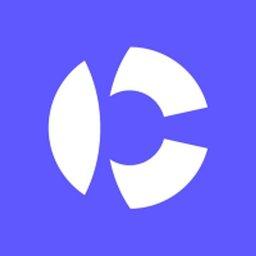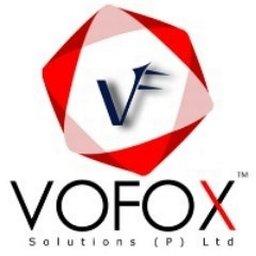Application Design
In the context of PHP, Application design refers to the high-level process of planning a software's architecture to ensure it is scalable, maintainable, and efficient. This skill is distinct from visual or UI/UX design; it focuses on the internal structure, components, and interactions that form the backbone of the system. Jobs requiring application design skills are often for senior developers or architects who make critical decisions about technology stacks, data flow, and programming paradigms to meet business requirements.
Key Principles of Software Architecture
Effective application design is guided by established software engineering principles. Developers are expected to understand and apply concepts like SOLID to write flexible and maintainable object-oriented code. Adherence to principles such as DRY (Don't Repeat Yourself) and KISS (Keep It Simple, Stupid) helps in creating a clean and understandable codebase that is easier to debug and extend over time.
Architectural Patterns and Concepts
A strong command of various architectural patterns is essential for designing robust PHP applications. This knowledge allows developers to select the right structure for the problem at hand.
- MVC (Model-View-Controller): The foundational pattern for most PHP frameworks like Laravel and Symfony.
- Domain-Driven Design (DDD): A design approach that focuses on modeling the application around the core business domain.
- Design Patterns: Familiarity with common patterns such as Factory, Strategy, Observer, and Dependency Injection.
- Microservices vs. Monolith: Understanding the trade-offs between building a single, large application versus a system of smaller, independent services.






